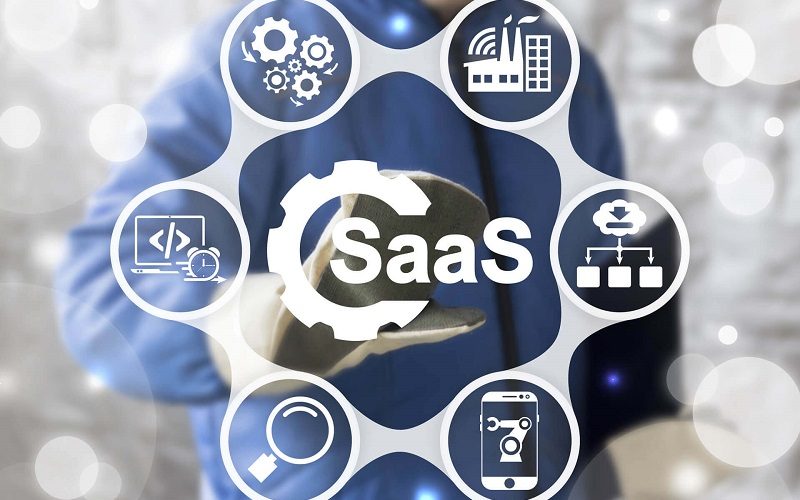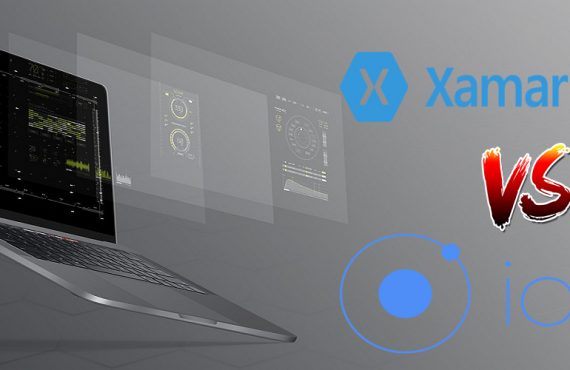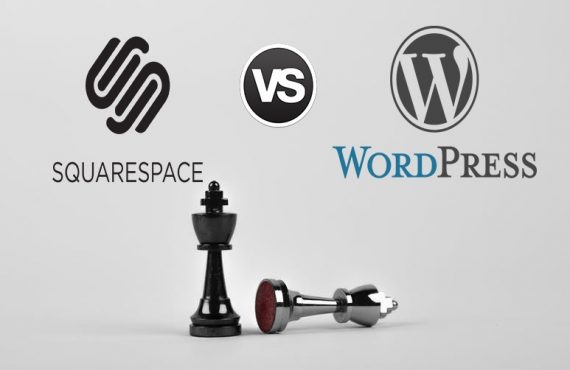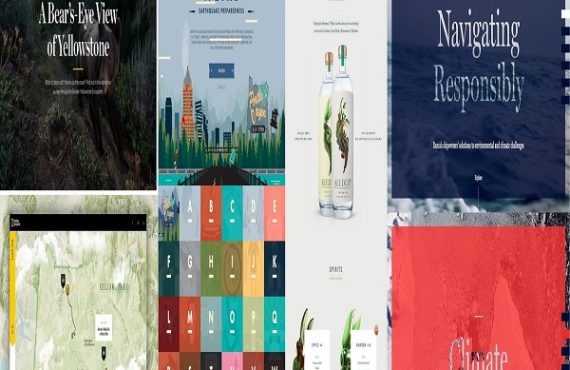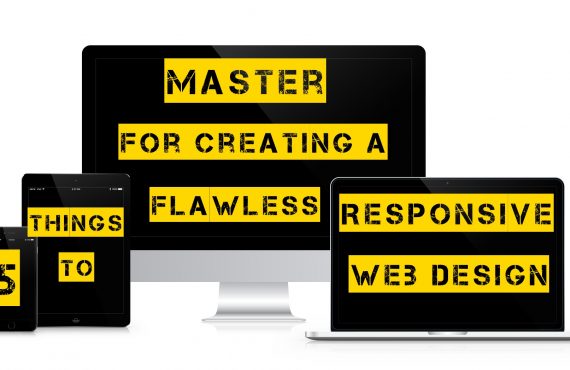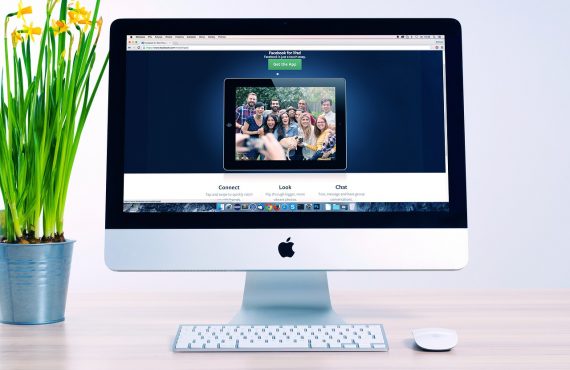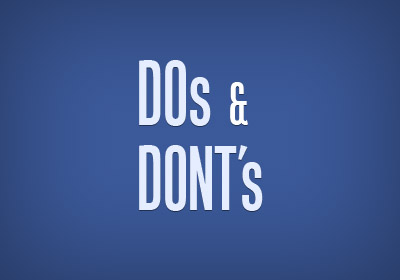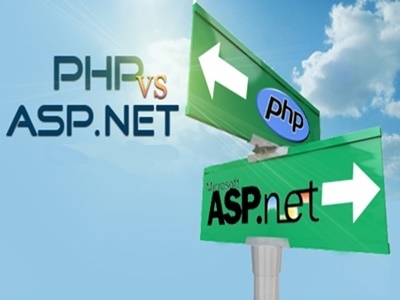SaaS application development is by no means an easy task. Creating a SaaS business is a grueling venture that is undertaken only by those software development companies that have the expertise & resources.
SaaS applications are difficult to develop, but if done properly, can cater to a large number of clients.
If you are not a top-notch development company yourself, the best course of action is to outsource the project to a company that is top-notch.
The skills, hardware and the technical know-how can be very costly unless you have a team dedicated to it on a regular basis.
Such applications are not just one-offs. Rather they are software designed to serve a specific function that can be incorporated into different companies with some tweaks.
However, it is not the developers, but the clients who are the biggest benefactor.
The clients get to have a system that is relatively inexpensive, hassle-free and yet, makes their work much easier.
The beauty of SaaS (Software as a Service) application is that data can be accessed from any device that has an internet connection. This eliminates the need to have an on-premise software delivery model.
This cost-effectiveness, less complexity, and customizability according to the need are the hallmarks of a SaaS application.
In recent times, the demand for SaaS has grown steadily. It is projected that by 2020, the Software as a Service market would worth around 132 billion US dollars.
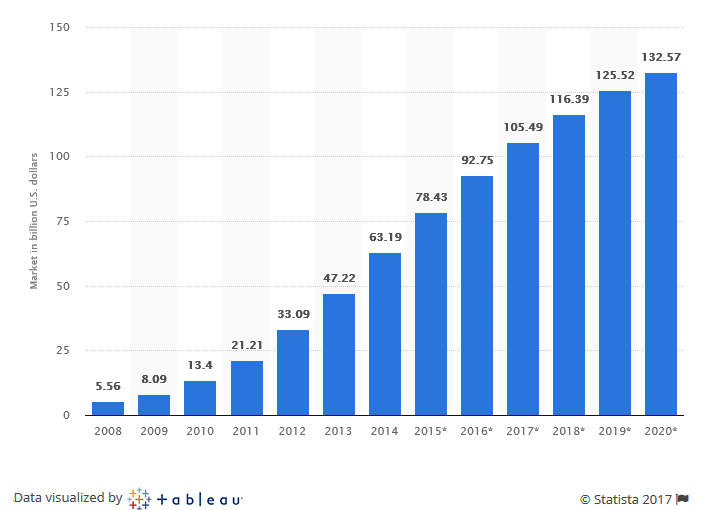
If you have the resources and the expertise, why wouldn’t you be thinking of SaaS application development?
The right answer is, you should!
But there are some things that you must consider before deciding to start SaaS application development. Before dipping your toe in the development process, there are things that should be addressed, planned and decided.
They are the most basic and crucial aspect that will determine, to a large extent, the SaaS life cycle.
1. Is the application marketable?

One of the biggest factors behind the success of a product is how marketable it is.
Undoubtedly, the core factor of the software would be its complete and smooth functionality. That is something that is the primary concern for any software you are developing.
But aside from that, the SaaS application must also give people a reason to go out and get it.
As a SaaS development company, your product has to be marketable and attract clients.
One of the shining examples of a good product with bad marketing is the Zune by Microsoft. It has been etched in history as a product that has failed spectacularly against its rival, the iPod.
The surprising factor is most people didn’t even bother to use it before disregarding it.
“We just weren’t brave enough, honestly, and we ended up chasing Apple with a product that actually wasn’t a bad product, but it was still a chasing product, and there wasn’t a reason for somebody to say, oh, I have to go out and get that thing.”
– Robbie Bach, Ex-leader of Microsoft’s Home entertainment and mobile business
In the preliminary stages of SaaS development life cycle, you need to conduct thorough market and customer research to find out how demandable it is.
Investing time and effort in a product that has little demand in the market is nothing but folly. Another benefit of such research is to get ideas about specific features that customers find desirable.
Therefore, the first thing that you need to consider before taking further steps is to find out if you can sell it.
2. Which technological stack will be the right one?

The world of web development is rich with some great tech stacks. It can be very confusing when choosing the right stack for the project.
Technological stack refers to the combination of language, tools, and frameworks that are used by the developers to create your SaaS product.
These SaaS development tools and frameworks are used to create the two main components of the application; the frontend and the backend. These components are supplemented by another component called the ‘middleware’.
In the olden days, things were much simpler than today. There was just ASP.NET, SQL server for the backend and .NET to connect the two in the middle. The frontend development consisted of people working with Photoshop and those who could code HTML and CSS.
The passage of time has brought many new tools that can be used to enhance development according to the need for the project.
Frontend
Frontend, otherwise known as the client-side, is where the user interacts with the software. The user experience of the application is largely determined by the interface of the application.
The three primary technologies used in the frontend are
- Hyper Text Markup Language (HTML)
- Cascading Style Sheet
- JavaScript
- jQuery
JavaScript frameworks have been very popular as of late, especially Angular JS by Google and Reach JS by Facebook.
The reason they are so popular is because both of them are high intuitive and independent languages; that is, they function optimally disregarding which server you are on.
Backend
The backend is the part that the client can’t see directly and can’t interact with. However, it is the backend that conducts the functions it was designed to do.
The backend hosts a server, an application, and a database.
It is the responsibility of backend or server side of the system to execute the CRUD (Create, Read, Update and Delete) operations.
Whereas people use to PHP was predominant, today Python and Ruby has taken that role. JavaScript, which began as just a browser scripting language has emerged as a popular server side language.
There are 2 simple reasons why you need to consider the right technological stack,
- Some techs are better for some projects, but not all.
- Your developers won’t be familiar with all the stacks out there.
Some of the more popular tech stacks today include
- LAMP stack: One of the earliest stacks that use only open source components. The LAMP stands for Linux operating system, the Apache HTTP Server, the MySQL RDBMS and the PHP programming language.
- .NET stack: It uses one of the most feature-rich and battle-tested frameworks as its centerpiece, .NET. This Stack has about 60 frameworks, platforms, SDKs, IDEs, SOA, libraries.
- MEAN stack: Built upon the back of free JavaScript software stack, for creating dynamic web applications and sites. The component include MongoDB, Express.js, Angular JS and Node.js
3. Which methodology to use?
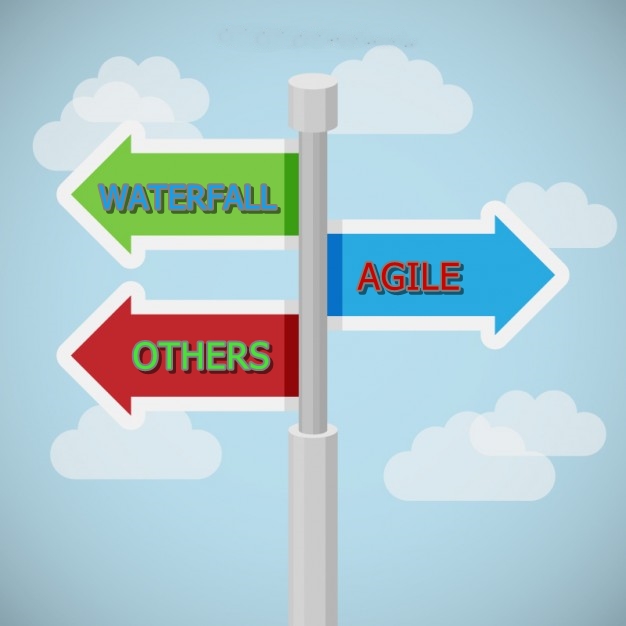
After considering which technological stack is the right one for your SaaS application development, it is time to think about which approach you are going to take.
The methodology you choose will be the blueprint for the SaaS project plan. This allows you to develop your product quickly and successfully.
Embracing the proper methodology provides the best chance for success. And no matter how much thinking or planning you do, it won’t help you when it comes to developing an impeccable and rapid product.
Every development company has a go-to methodology that guides the whole development process. And it is one of the most argumentative topics in the software development community.
There is no perfect methodology out there. Which approach is the right one depends on your project and how you want to move forward.
There are several approaches that people can take, but two of them are widely used.
Waterfall
Waterfall method or traditional method is the sequential linear development process.
The whole process moves from one part to the next, until the product is delivered. There is something soothing about getting checklist and programming accordingly.
The stages of the Waterfall approach are-
- Requirement
- Design
- Implementation
- Testing
- Deployment
- Maintenance
The testing of the product is usually done separately and at the tail end of the project. The risk of this aspect is that if there is any bug or problem, you have to go back and fix it.
This approach is good for small projects that require little on-the-fly change. If there is a solid project and everything is meticulously planned, Waterfall is fine.
However, few development companies decide to employ this approach and go for Agile.
Agile
Like its namesake, the Agile method is primed toward rapid software development.
The origin of the approach comes from a group consisting of 17 members, who sought to reduce the problems affecting software development at that time.
“We are uncovering better ways of developing
software by doing it and helping others do it.
Through this work we have come to value:
Individuals and interactions over processes and tools
Working software over comprehensive documentation
Customer collaboration over contract negotiation
Responding to change over following a plan
That is, while there is value in the items on
the right, we value the items on the left more.”
The result was the Agile Manifesto.
It is a flexible approach based on mini-projects or sprints that comprise the main project.
The philosophy of Agile methodology is incremental and iterative development, where sprints are revisited time and time again.
After each part of the development is complete, it is tested too if it is functioning properly. This approach leaves little room for bugs to get by, and it can be for effective for changing some requirement without hassle.
The method also allows individual features to be released quite regularly and product enhancements can be made at every stage.
The Agile approach is the more dominant method that companies use for SaaS application development. Around 71% of organizations report using Agile approaches sometimes, often, or always.
4. What is the timetable?

Timing is a big influencing factor in the success of the product. Whether you are developing an in-house product or some company has commissioned to develop a SaaS application, there is a fixed time for it.
The reputation of a company depends on the timetable of a project.
If you are hired by someone to develop a product for them, you must strictly adhere to the given time. When a developing company fails to complete the project within the time, they bring down the reputation of the company.
Allocating the right amount of time for the development of a product is the key. If there are time constraints, the application will be sub-par or full of bugs. On the other hand, you also can’t take too much time to develop it.
Clients must also understand that for quality SaaS application development, you have to give ample time to the developers to complete the project.
Releasing a product at the right time can make or break it. Take for example the release of Blackberry 10 OS by RIM. Even with its impressive feature, the OS failed to make any headlines due to the bad timing of its release.
If you are commissioning a SaaS product; talk to the developers, understand the difficulty of project & ensure in the planning stages that you have enough time in your hand finish and launch the project.
And remember, timing is everything!
5. How much will it cost?

If you are a client subscribing to a SaaS product, you will have a very cost-effective system for fulfilling your need.
However, if you are thinking of SaaS application development, you can’t cheap out.
Developing such application is a rigorous task that takes a lot of skill, time and effort, not to mention resources.
A quality product requires you to spend accordingly, there is no fixed estimate.
Unless you have are a development company with a dedicated team, the toll will be heavy. That is why the best thing to do if you want a SaaS product for yourself is to outsource it to companies that can easily develop for you.
In comparison to getting a new team and starting from the scratch, outsourcing it is less cost-effective and time-consuming.
The cost to develop a SaaS application will depend on several factors-
Features
Adding features also adds complexity to the application. And as a general rule of thumb, the more complex the project is, the costly it is. Developing for several platforms also adds to the cost.
This poses a conundrum. You want a product that has many attractive features that customers can’t ‘go on without’. On the other hand, you need to keep the cost under budget.
An internal struggle!
The only thing to do is consider what are the ‘must haves’ when you are still on the drawing board. When it comes to SaaS application development, keep the features to minimum.
API
The next thing you need to decide is going to be if you want these features to build from the bottom up or have an API integrated into the backend.
Building features from the scratch is a bit expensive than having an API that already does it.
The other benefit of API is that it allows business to scale rapidly and eliminates several developmental steps.
Outsourcing
Offshore development is a tremendous aspect of the business. It takes the load off from you, yet gives you what you need at the right time.
And thanks to outsourcing, any company from in place in the globe can be reached and commissioned.
The misconception of the language barrier is a thing of the past.
However, different companies charge different rates. Also, not every company is equal in expertise or an adept SaaS developer.
Which company you choose for SaaS application development will contribute to the final cost of the project.
Wrapping Up
Thanks to the rise of cloud computing, more and more people are turning to SaaS products instead of on-house software delivery model.
As a client, not having to worry about hosting or backend, getting a complete out-of-the-box solution is the most alluring factor of SaaS applications.
And thanks to outsourcing, even if you don’t have the necessary resources at hand, you are able to get a SaaS or customized application without trouble.
The right strategy is the key to victory and success. No crucial aspect should be overlooked before starting your SaaS application development.
And whether you venture yourself or commission some development companies for you, always keep in mind these 5 things whenever you are considering a SaaS application development.


